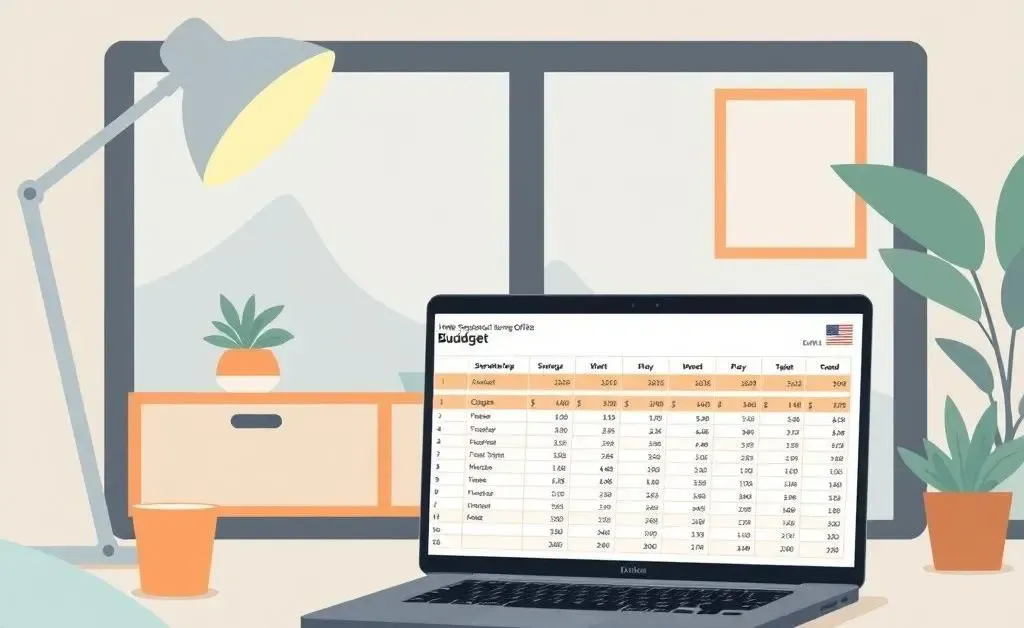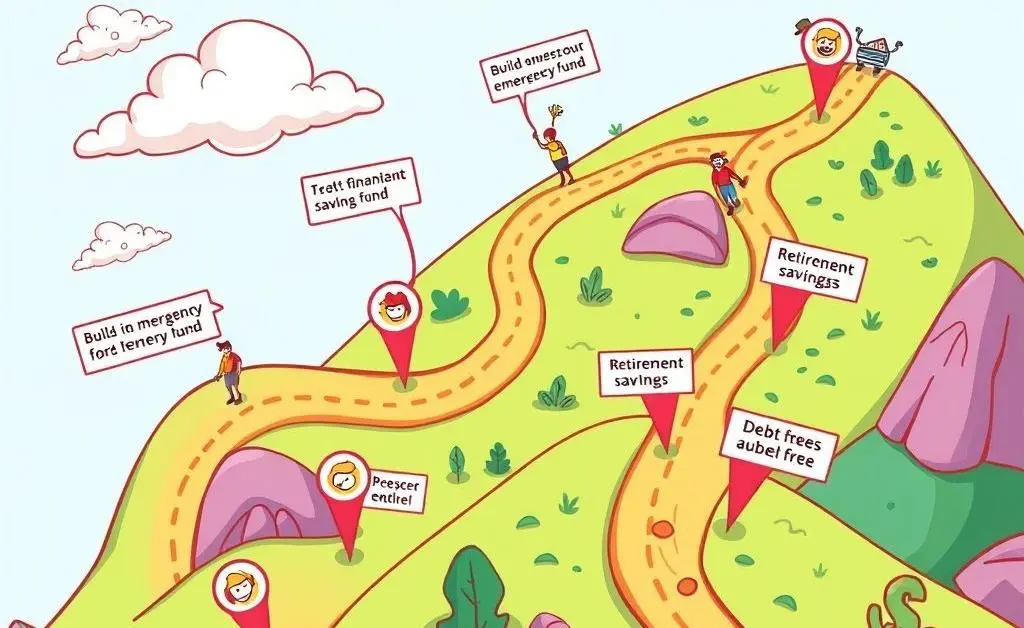Practical Budgeting: A Beginner's Guide to Financial Peace
Start your journey toward financial peace with these practical budgeting tips.

Have you ever found yourself feeling a bit overwhelmed as the end of the month approaches, wondering where all your money went? You're not alone. It might feel daunting at first, but practical budgeting is the key to financial peace and can truly transform how you think about money.
Understanding the Basics of Budgeting
Budgeting is more than just jotting down numbers in an app or on paper; it's about setting a strong foundation for your financial wellbeing. But where do you start?
1. Know Your Income and Expenses
Begin by listing all your sources of income and tallying up your monthly expenses. This may sound basic, but knowing exactly where your money is coming from and where it’s going can reveal patterns you weren’t aware of before.

2. Set Realistic Financial Goals
Remember that moment when you finally saved enough for that special vacation or paid off a nagging debt? Setting financial goals gives you a clear path and a destination to look forward to. Your goals may vary—from an emergency fund to a dream vacation in your budget plan.
3. Create a Flexible Budget Plan
Based on your goals, craft a flexible budget that allows some breathing space for those unexpected events. You never know when a sudden car repair might come up or you find yourself needing a little extra for the holidays.
Why Budgeting Brings Peace of Mind
Consider a dear friend of mine who used to dread checking her bank account. Once she embraced a simple budgeting system, she found herself not just managing her finances but thriving. Now, she describes her budgeting routine as a 'financial reflection moment.' It’s like a regular check-in that provides clarity and reduces stress.

A Few Practical Budgeting Tips
- Automate savings to build that rainy day fund effortlessly.
- Review your spending habits each month and adjust as necessary.
- Adopt the 50/30/20 rule: 50% needs, 30% wants, and 20% savings.
So, where do you see your financial journey taking you? It might be time for a little self-reflection.

Conclusion: Take the First Step
Budgeting is not just a skill; it’s a journey towards financial tranquility. Whether you're eyeing that coveted financial milestone or simply seeking to regain some control, remember that every step counts. Ask yourself: What’s the first small change I can make today to start achieving my financial goals?




